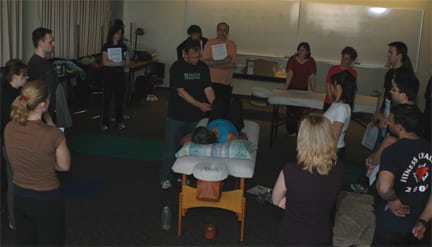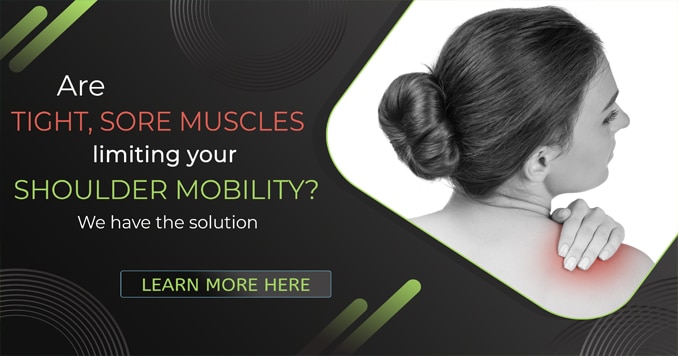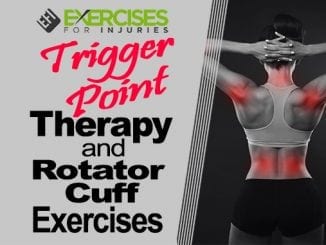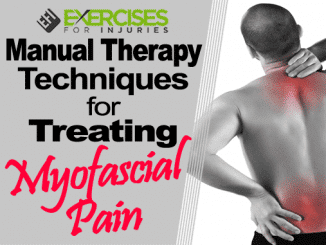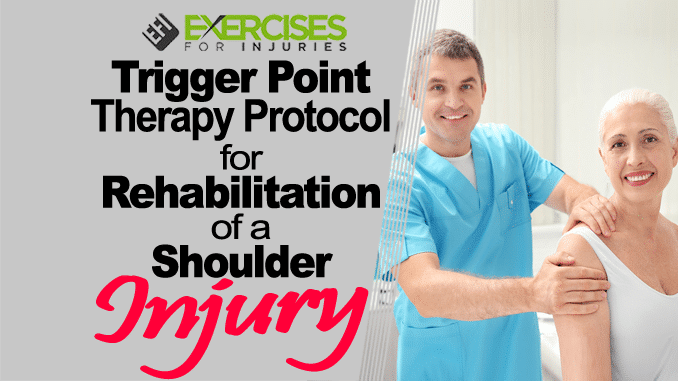
What is Trigger Point Therapy?
A trigger point is a knotted muscle that, when treated, releases the knot, thereby improving health and reducing pain. This treatment method is known as trigger point therapy. When these tight, contracted muscles are pressed, they can cause referred pain in other areas of the body, such as the shoulder joint. A trigger point can also lead to decreased blood flow and impaired nerve function, resulting in reduced oxygen and nutrient delivery to the muscle, making it more vulnerable to injury. The trigger point release is one of the most effective ways to treat pain from tight muscles. It’s also a safe and self-help way to treat yourself when you’re injured and can’t visit a physical therapist.
How does Trigger Point Therapy Help?
It is difficult to describe this condition in simple terms, but I will attempt to do so using a car analogy. Your car does not run properly, so you take it to the mechanic, who tells you that the fuel filter is clogged. You replace the filter, and the car runs smoothly again. The mechanic finds a problem before you do. In Trigger Point Therapy, injuries are often caused by problems with the surrounding muscle tissue. The patient does not feel this, however, so it goes unnoticed. There are a lot of people who have been suffering from chronic pain for a long time and who have seen many doctors and tried many treatments without any results. In reality, the trigger points in the muscles cause the pain. Trigger Point Therapy addresses the source of the pain in order to eliminate it and help the patient remain healthy.
I have part two of Bill Huhn’s guest blog post on trigger point therapy and rotator cuff exercises.
William Huhn, also known as Bill, has over 2000 hours of private study in Trigger Point Therapy, Bowen Technique, Fitness Theory, and Exercise Physiology.
In part one, Bill Huhn explained:
Why Your Clients Should Stop Exercising and Get Trigger Points Therapy
Many people believe that the shoulder is an incredibly complex joint. This belief has stemmed from the difficulty in rehabilitating a dislocated shoulder, which requires at least six weeks of recovery time and can be uncomfortable because of its proximity to other joints. However, there are many ways to rehabilitate this injury without using surgery.
In this blog post, Bill gives his recommendation when rehabilitating the shoulder.
Bill Huhn’s Recommended Trigger Point Protocol for Rehabilitating Shoulder Issues
Check all related muscles for TrPs (this includes the rotator cuff muscles (SITS), scapular suspension muscles, and all muscles that may be an underlying cause of the perpetuation or recurrence of the issue(s).
When you find the TrPs remove them. Self-treatment can be effective, or see a knowledgeable Trigger Point bodyworker. During this stage, you should cease exercising and stretching the muscles that contain the TrPs. This doesn’t mean stopping all movement (not healthy for the muscle tissue) but severely limiting the strain, you place on the involved muscle(s). SITS muscles are relatively small, considering the work they must carry out every day. They are consequently highly susceptible to re-affliction if they exercise or stretch while TrPs are present.
Keep those involved muscles warm! The treatments will fail if you apply ice to the muscles with TrPs. The cold will cause muscular contraction and further “entrench” the TrPs, thereby causing perpetuation of the issue.
Muscle Treatment
- The muscle is an organ like any other organ in the body. When damaged, it needs time to heal. Once the TrPs are removed, you must wait at least two weeks before starting an exercise routine. (Caution – the shoulder issue may feel better, but there are still TrPs.) This is crucial to allow the afflicted muscle to heal and return to normal function. Once the muscle has healed, I highly recommend finding a good trainer (preferably one who knows shoulders) for the next part of your rehab. It will help if you start it gently (shoulder issues are challenging to resolve because shoulders are easily re-injured) and slowly build up the exercise routine. The muscles can now build mass and strengthen the shoulder area.
Note: The same protocol is used for TrPs throughout the body. However, some muscles will benefit from very mild (preferably passive) stretching during the TrP treatment phase of the rehab.
Recall, no stretching for shoulder TrP issues. Stop exercising and stretching the TrP-containing muscles.
- William Huhn of www.TriggerPoint.com
Trigger Point Bodyworker
NCBTMB Approved Provider
Thank you for reading.
If you are a fitness professional looking for information on Bill Huhn’s trigger point courses, click here.
Until then, take care.
Rick Kaselj, MS

